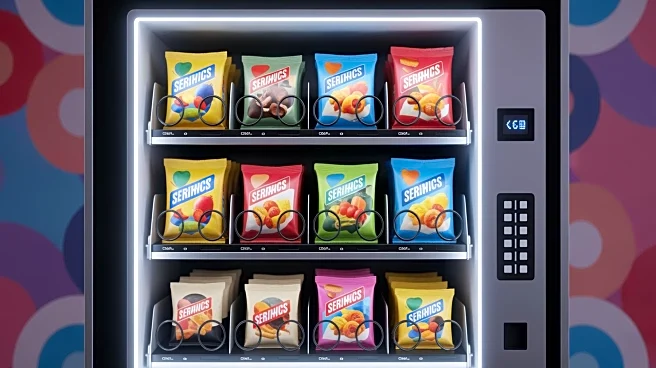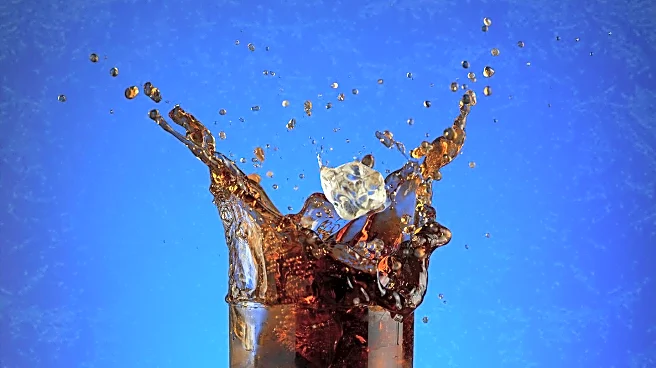What's Happening?
The ready-to-drink (RTD) beverage market is tapping into the power of nostalgic flavors, bringing back childhood favorites like cherry cola, blue raspberry, and creamsicle with a grown-up twist. Nostalgia is a powerful purchasing driver, with 67% of consumers
saying nostalgic flavors make them feel comforted. The global RTD cocktail market is expected to reach $50 billion by 2030, making flavor differentiation critical for standing out in these rapidly growing categories. Brands are leveraging nostalgic flavors to create products that feel fresh while connecting to something deeply familiar, enhancing consumer engagement and market success.
Why It's Important?
The resurgence of nostalgic flavors in the RTD beverage market highlights the power of emotional connection in driving consumer interest and brand loyalty. By offering flavors that evoke positive memories, brands can create products that resonate on a personal level with consumers, leading to increased market success. This trend allows companies to differentiate themselves in a competitive market by offering products that provide comfort and familiarity during uncertain times. Additionally, the emotional appeal of nostalgic flavors can enhance brand storytelling and engagement, making them an effective tool for marketing campaigns.
What's Next?
As the demand for nostalgic flavors continues to grow, RTD beverage brands are likely to explore new ways to incorporate these flavors into innovative products. This could include integrating nostalgic flavors into new beverage formats, capturing the hearts and taste buds of younger and older generations. The trend is expected to drive further innovation in flavor development, with companies leveraging consumer insights to create products that resonate emotionally with their target audience.
Beyond the Headlines
The nostalgic flavor trend underscores the importance of understanding consumer psychology and leveraging emotional connections to drive product success. It also raises ethical considerations, as brands must balance authenticity with innovation to maintain consumer trust. The trend highlights the potential for long-term shifts in consumer preferences, influencing future product development strategies and marketing campaigns.













